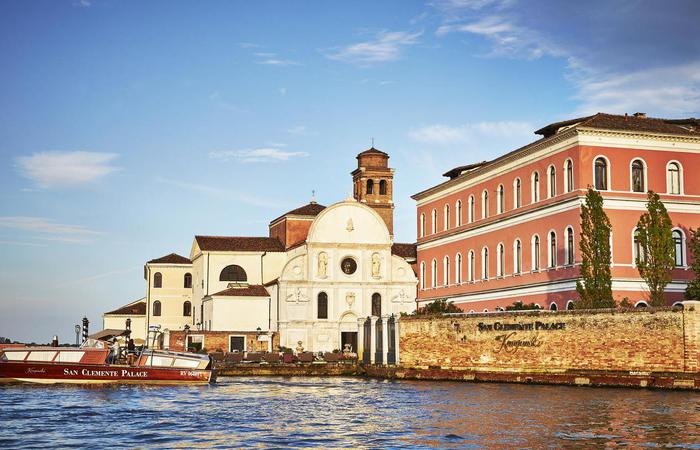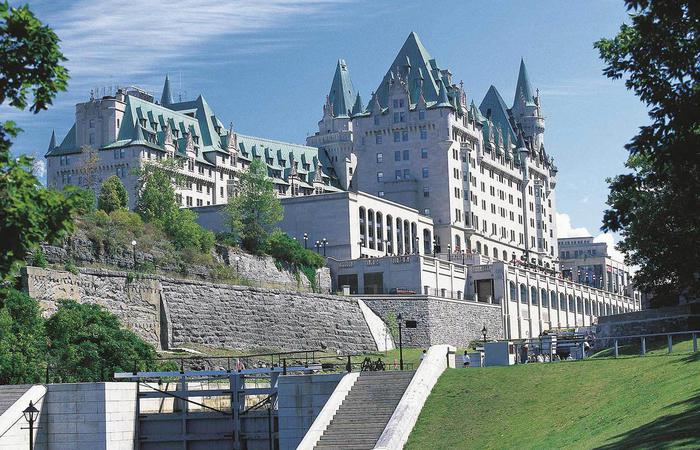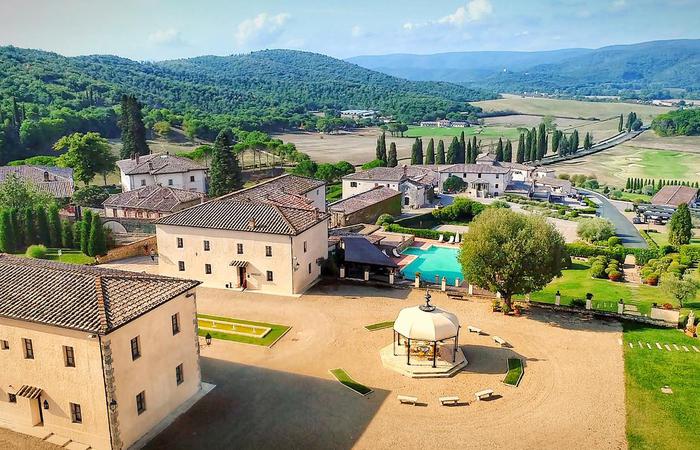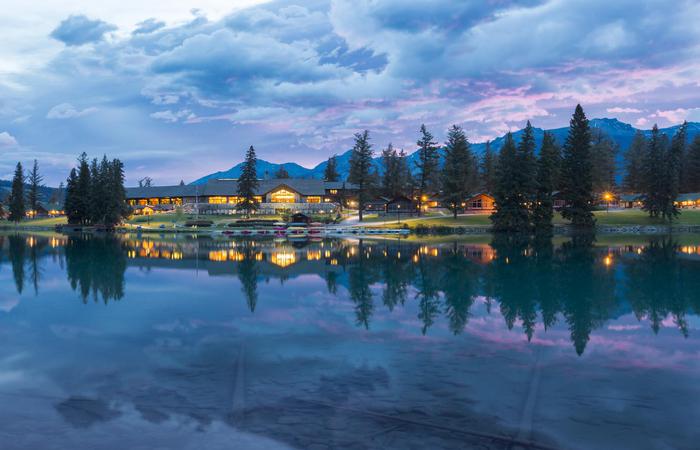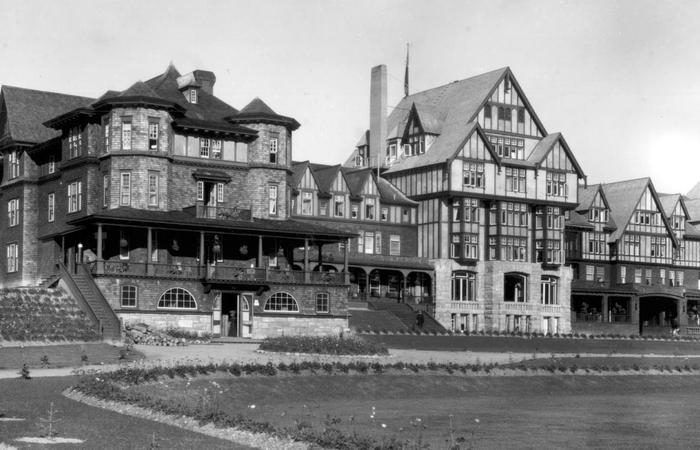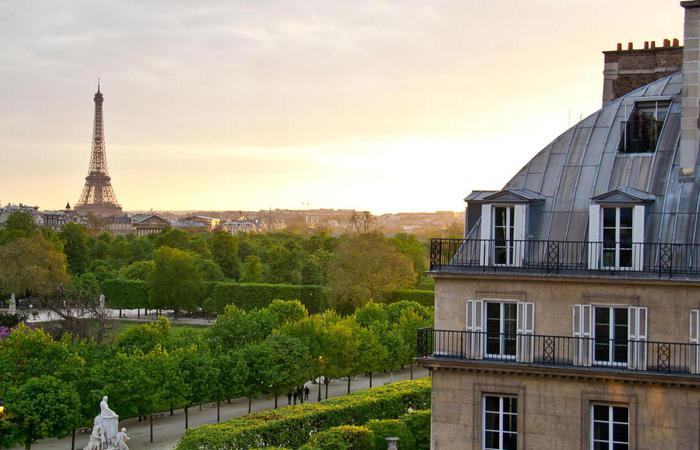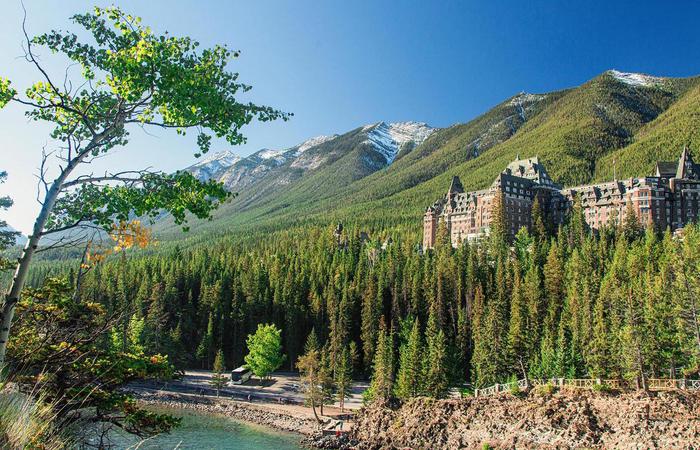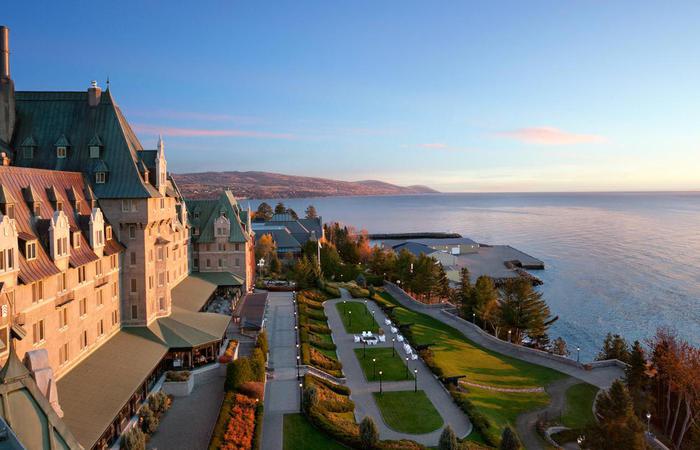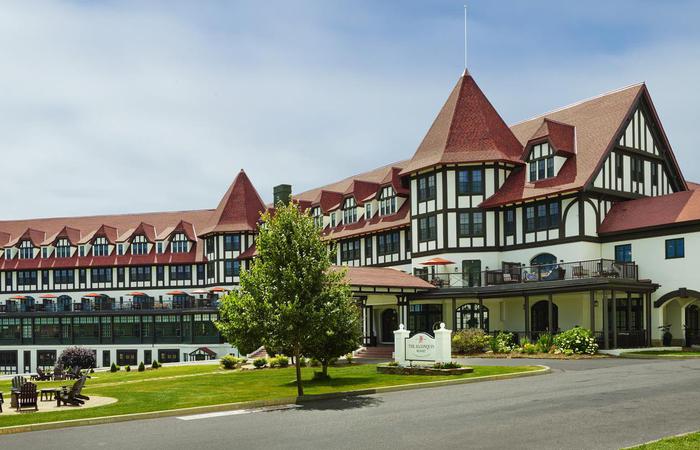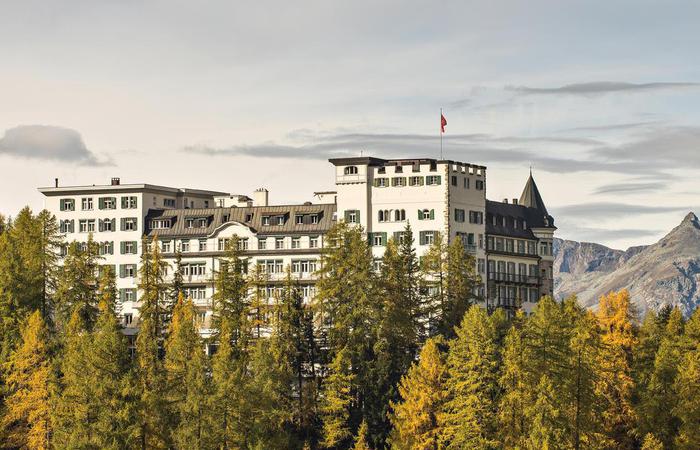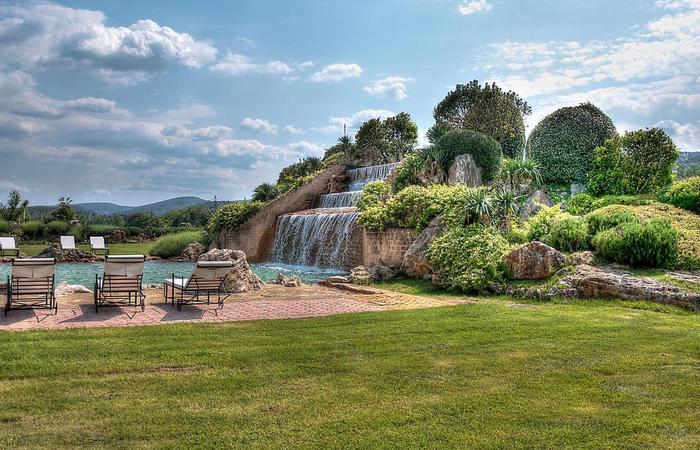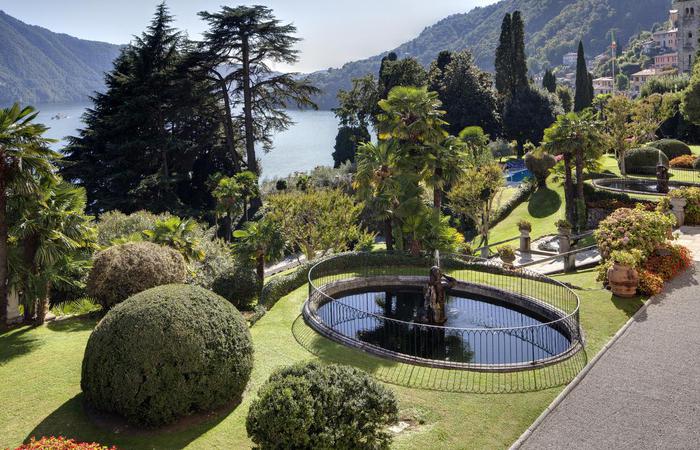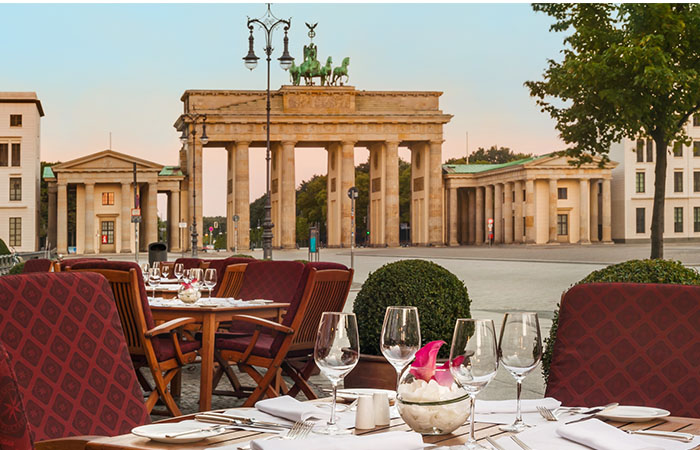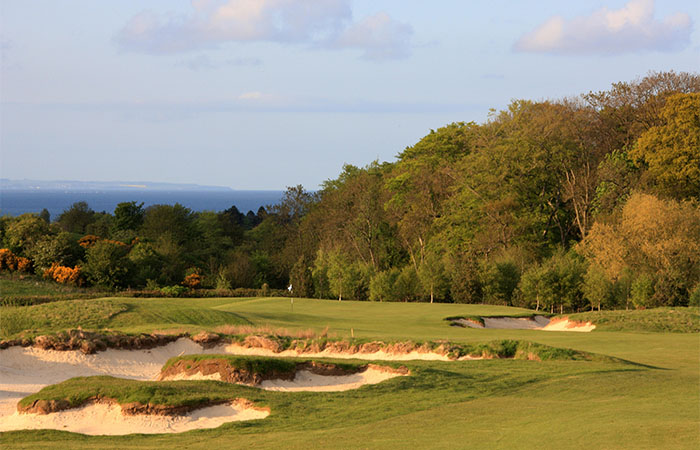Receive for Free - Discover & Explore eNewsletter monthly with advance notice of special offers, packages, and insider savings from 10% - 30% off Best Available Rates at selected hotels.
history
Discover Hotel Convent de la Missio, which was once a convent that trained aspiring missionaries for generations.
Hotel Convent de la Missio, a member of Historic Hotels Worldwide since 2025, dates to the 17th century.
VIEW TIMELINESituated right in the heart of historic Palma de Mallorca, Hotel Convent de la Missio is among the most luxurious holiday destinations to experience throughout the tranquil Balearic Islands. Central to its enduring appeal has been its fascinating history, which harkens back generations to the height of the Spanish Empire. Indeed, the convent was originally founded by the Catholic Church as part of a greater strategy to proselytize Spain’s American colonies during the 17th century. The complex thus educated aspiring missionaries for decades, providing the acolytes with much-needed exposure to field work and religious scripture. To offer the best environment for its students, the Catholic Church subsequently constructed the convent within the secluded streets and verdant courtyards of downtown Palma de Mallorca. In doing so, the facility went on to grant a serene, contemplative atmosphere for the numerous priests who studied on-site. Even the building’s Baroque-style architecture helped cast a scholastic ambiance, given its emphasis on symmetry, proportion, and simple—yet elegant—geometric lines. Generations of missionaries would start their careers inside the beautiful convent in turn, often departing upon their graduation for all kinds of diverse communities scattered across the Americas. Although the convent would undergo several renovations over the following centuries, it nonetheless managed to retain the historical charm of its regal architectural design, as well.
Then in the late 21st century, the location underwent a significant transformation. More specifically, the erstwhile convent’s new owners decided to convert the site into a boutique hotel, determining that such a strategy was the most prudent way to preserve its outstanding heritage. The renovation process proved to be incredibly meticulous though, with the team endeavoring to ensure that the building’s original features were blended seamlessly with its vast array of new, modern amenities. The work created an exquisite retreat that offered a unique combination of historical elegance and contemporary comfort. Now known as the “Hotel Convent de la Missió,” this terrific historic landmark continues to stand as a revered cultural symbol in Palma de Mallorca. Many fantastic services currently await to be enjoyed, such as a serene spa, a thrilling cocktail bar, and a Michelin-starred restaurant curated by chef Marc Fosh. Beyond its role as a luxury hotel, the Convent de la Missió has become a hub for regional art. In fact, the hotel's bar regularly hosts exhibitions that feature emerging artists, granting them access to a platform for their creative expression. This commitment to the arts has only solidified the hotel's reputation as a place where history and modernity converge. Overall, Hotel Convent de la Missio’s journey from a 17th-century convent to an exquisite vacation hideaway is truly a testament to the enduring appeal of its interesting architecture and historical identity.
-
About the Location +
The capital of the Balearic Islands, Palma de Mallorca boasts a fascinating heritage that spans over two millennia. From its origins as an ancient military base to its transformation into a bustling modern metropolis, Palma's history has been marked by a series of conquests, cultural innovations, and incredible economic developments. The specific origins of Palma trace back to the Romans, who built a small—yet imposing—fortress upon the site of an earlier Talaiotic settlement during the 1st century B.C. Roman influence on the greater island of Mallorca subsequently grew throughout the following centuries, with two towns eventually emerging in the north and south: Pollentia and Palma, respectively. While Pollentia served as a port for Roman cities in the northwestern Mediterranean, Palma was the primary port for destinations in Africa and Hispania. But upon the gradual collapse of the Roman Empire throughout the 4th and 5th centuries A.D., Palma unfortunately lost the protection it had enjoyed for years. Numerous raids of Germanic peoples like the Vandals routinely appeared along Palma’s coast, endangering the lucrative trade links that it had established with ports across the Mediterranean basin. But stability soon returned after the capture of the city by Islamic forces in 902. Becoming known as “Medina Mayurga,” Palma’s population went on to cultivate exclusive economic ties with the Andalusian emirates based on the Iberian Peninsula nearby.
Although some local sailors resorted to piracy, most mariners traded goods peacefully with the neighboring Islamic states. In fact, many surviving historical accounts often refer to the era as the “taifa of Dénia,” a period defined by relative fortune. Denian rule lasted until 1087 though, when the Banu Hud conquest of the region led to Palma's brief independence. What transpired next an era of warfare that lasted for more than a century, as Muslim and Christian kingdoms vied to seize the now strategically important city. The culmination of this fighting occurred when the Islamic Almohads captured Palma in 1203, only to be driven away after an intense three-month siege by Christian King James I of Aragon some two decades later. “Renamed Ciutat de Mallorca,” the city soon emerged as the capital of the constituent Aragonese fiefdom called the “Kingdom of Majorca.” King James II of Aragon then initiated a significant series of construction projects that sought to reinforce his hold on the city, such as Bellver Castle (Castell de Bellver) and the Cathedral of Majorca (La Seu Cathedral). Trade continued to flourish under the Aragonese Crown, too, as countless merchant vessels from places like Catalonia, Valencia, Provence, and the Italian republics regularly anchored out in the adjacent Bay of Palma. Indeed, the 14th century heralded a golden age for Palma, as great cultural exchanges occurred throughout the city daily.
However, mounting pirate raids and internal rebellions soon became common throughout the 16th and 17th centuries, disrupting the prosperity that had now come to characterize the city. The worst hardships occurred amid the contentious War of the Spanish Succession, during which commerce pursued within Palma’s harbor was curtailed greatly. The following decades saw a resurgence in Palma's commercial activities, particularly with Spanish colonies in America. The renewed tranquility encouraged Spain to make Palma the capital of the new Balearic Islands province in 1833. A gradual decline in North African piracy helped to further strengthen economic activity in Palma for the rest of the 19th century, leading to a massive construction boom that revolutionized the city’s skyline. Among the most consequential effects of this development was the creation of a bustling tourism industry, which had become one of Europe’s most successful by the middle of the 20th century. Palma has since retrained its vibrancy well into the present, coming to host millions of travelers from around the world annually. Central to its current success has been the preservation of its diverse cultural identity, with many historical sites, museums, and festivals still commemorating its unique past. Cultural heritage travelers have especially enjoyed exploring Palma, going on journeys to places like Bellver Castle, the Cathedral of Majorca, the Royal Palace of La Almudaina (Palau de l'Almudaina), the Arab Baths (Banys Àrabs), Lonja de Palma (La Llotja), and Poble Espanyol.
-
About the Architecture +
Hotel Convent de la Missio displays some of the finest preserved Baroque-style architecture in the Balearic Islands. Baroque architecture is a highly decorative and theatrical style that emerged in the late 16th century. More specifically, Baroque architecture began in Italy as a response to the Protestant Reformation, during which time the Catholic Church sought to reassert its influence through awe-inspiring buildings. Early Baroque architecture in turn was dominated by Roman architects, who raised grandiose structures throughout many of the cities situated around the Italian Peninsula. Notable examples included the Church of the Gesù by Giacomo della Porta, (consecrated in 1584), and the façade of St. Peter's Basilica by Carlo Maderno, completed in 1612. The lavish interiors of the Barberini Palace by Pietro da Cortona and Santa Susanna by Carlo Maderno exemplified the early Baroque style, signifying the notion that the Catholic Church still wielded a significant presence in greater European culture. The architectural style soon reached neighboring countries in response, such as France, Spain, and the Low Countries. France particularly came to be home for numerous Baroque-style buildings, like Salomon de Brosse’s exquisite Luxembourg Palace, which he had constructed for Marie de Medici. These early works subsequently set the stage for the more elaborate and dramatic High Baroque period, with major works—including the Palace of Versailles and the Würzburg Residence—produced across the continent.
Key characteristics of Baroque architecture included the use of domes, often featuring painted skies filled with angels and sculpted sunbeams to evoke perceptions of the divine. The interiors frequently employed quadratura, a technique combining trompe-l'œil painting with stucco frames to create the illusion of three dimensions and upward motion. Grand stairways became central elements, designed for dramatic effect and changing views from various levels. Furthermore, Baroque buildings featured twisted columns—referred to as “Solomonic” columns—that enhanced the sense of movement, as well as cartouches and other decorative elements that occupied every available space. Light played a crucial role, streaming down from cupolas and reflecting off abundant gilding to create dramatic contrasts, known as “chiaroscuro.” Mirrors were even used to give the impression of greater depth and space, particularly when combined with windows, as seen in the Hall of Mirrors at the Palace of Versailles. Additionally, Baroque architecture usually included incomplete architectural elements, such as frontons with missing sections—to merge and disorient the eye—as well as overhead sculptures that appeared to float in the air. Baroque architecture was succeeded by the Neoclassical style in the mid-18th century, which many architects saw as a way of returning to simplicity. But many Baroque structures managed to survive the change in preference, enduring well into the present as cherished historic landmarks and historic sites.


